Please note: This lesson could easily take more than one session to investigate fully
Purpose
- To investigate measurement (and pattern) in a problem solving context
Curriculum Connections: Australian Curriculum
https://www.australiancurriculum.edu.au/f-10-curriculum/mathematics/structure/
Content will vary according to the age of the students and the investigations they choose.
Number & Algebra
- Number and algebra are developed together, as each enriches the study of the other. Students apply number sense and strategies for counting and representing numbers. They explore the magnitude and properties of numbers. They apply a range of strategies for computation and understand the connections between operations. They recognise patterns and understand the concepts of variable and function. They build on their understanding of the number system to describe relationships and formulate generalisations. They recognise equivalence and solve equations and inequalities. They apply their number and algebra skills to conduct investigations, solve problems and communicate their reasoning.
Measurement & Geometry
- Measurement and geometry are presented together to emphasise their relationship to each other, enhancing their practical relevance. Students develop an increasingly sophisticated understanding of size, shape, relative position and movement of two-dimensional figures in the plane and three-dimensional objects in space. They investigate properties and apply their understanding of them to define, compare and construct figures and objects. They learn to develop geometric arguments. They make meaningful measurements of quantities, choosing appropriate metric units of measurement. They build an understanding of the connections between units and calculate derived measures such as area, speed and density.
Statistics & Probability
- Statistics and probability initially develop in parallel and the curriculum then progressively builds the links between them. Students recognise and analyse data and draw inferences. They represent, summarise and interpret data and undertake purposeful investigations involving the collection and interpretation of data. They assess likelihood and assign probabilities using experimental and theoretical approaches. They develop an increasingly sophisticated ability to critically evaluate chance and data concepts and make reasoned judgements and decisions, as well as building skills to critically evaluate statistical information and develop intuitions about data.
At the end of this lesson students should be able to answer the following questions
- What is the length of ribbon needed to make a bow?
- Number of loops needed to make a bow
- Pattern of loops in the circles (1, 5, 9??)
- How do you make a 3D bow from a flat ribbon?
- Could I make a bow with 1 m of ribbon?
- How big is the bow?
- How many bows would fit on my maths book?
- What is the shortest/longest length of ribbon to make a bow with 15 loops?
Second picture of multiple ribbons:
- Which one doesn’t belong?
- What patterns could I make?
- Which bow needs the longest ribbon?
- How do you make the points?
- What angle are the points?
For more information, please download the attached lesson plan.
Recommended Posts



